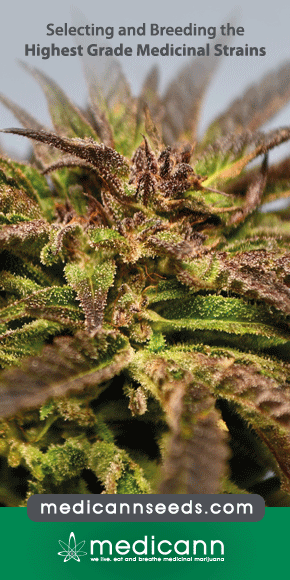Patterns of medicinal cannabis use, strain analysis, and substitution effect among patients with migraine, headache, arthritis, and chronic pain in a medicinal cannabis cohort
Medicinal cannabis registries typically report pain as the most common reason for use. It would be clinically useful to identify patterns of cannabis treatment in migraine and headache, as compared to arthritis and chronic pain, and to analyze preferred cannabis strains, biochemical profiles, and prescription medication substitutions with cannabis.
Via electronic survey in medicinal cannabis patients with headache, arthritis, and chronic pain, demographics and patterns of cannabis use including methods, frequency, quantity, preferred strains, cannabinoid and terpene profiles, and prescription substitutions were recorded.






